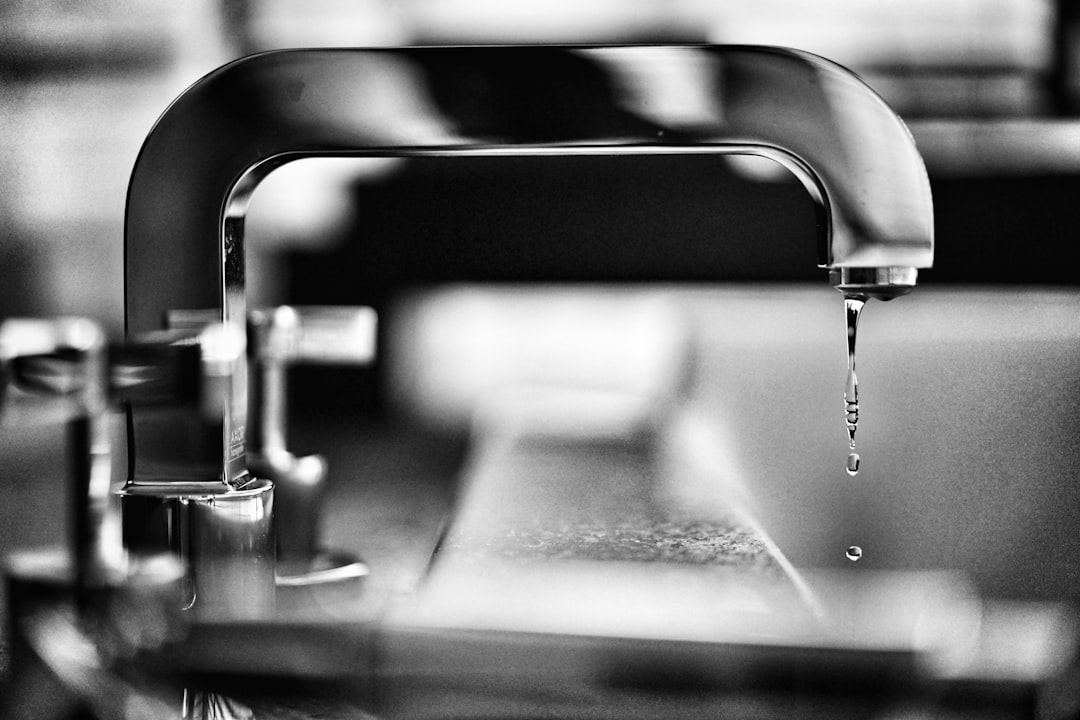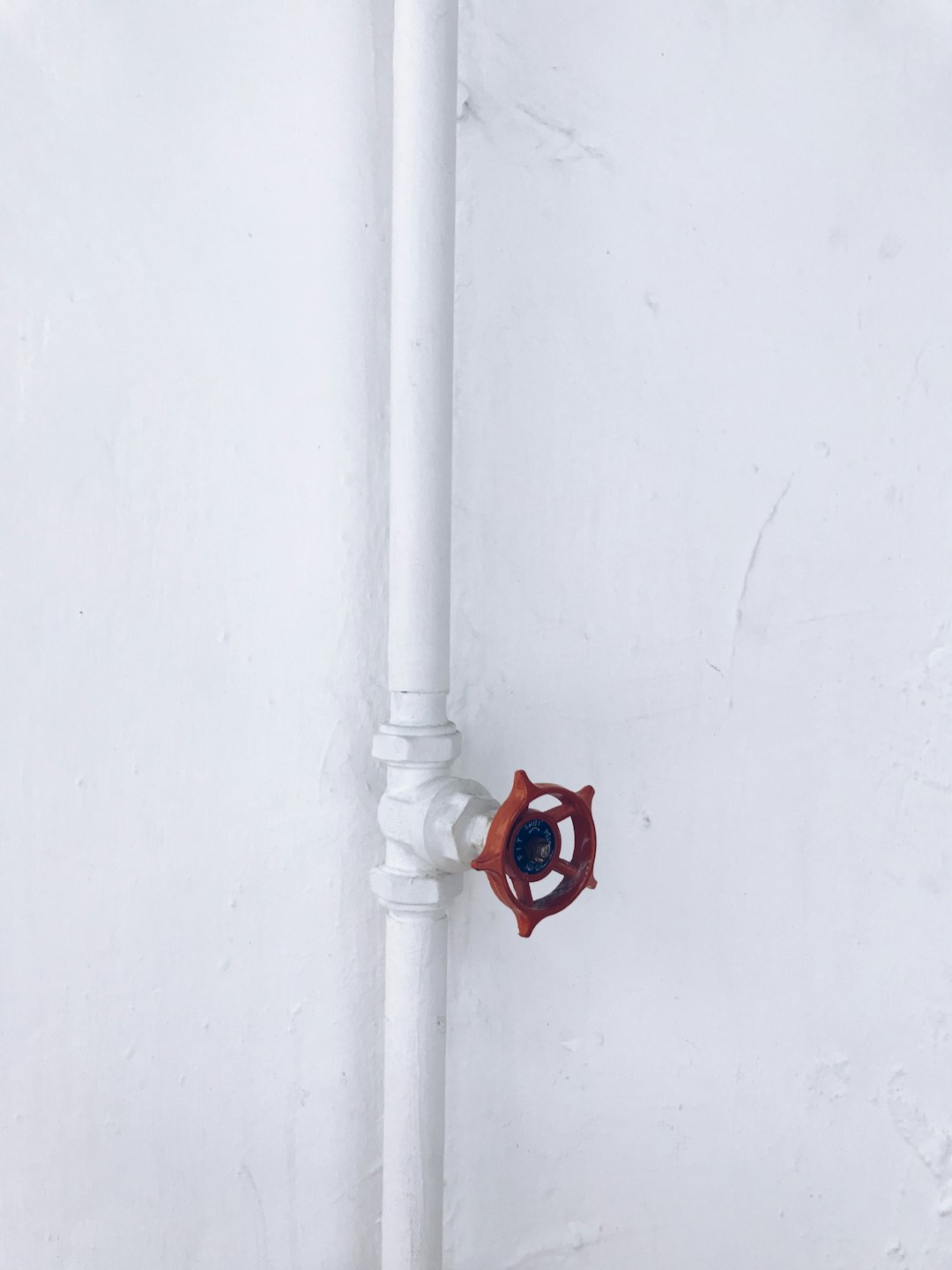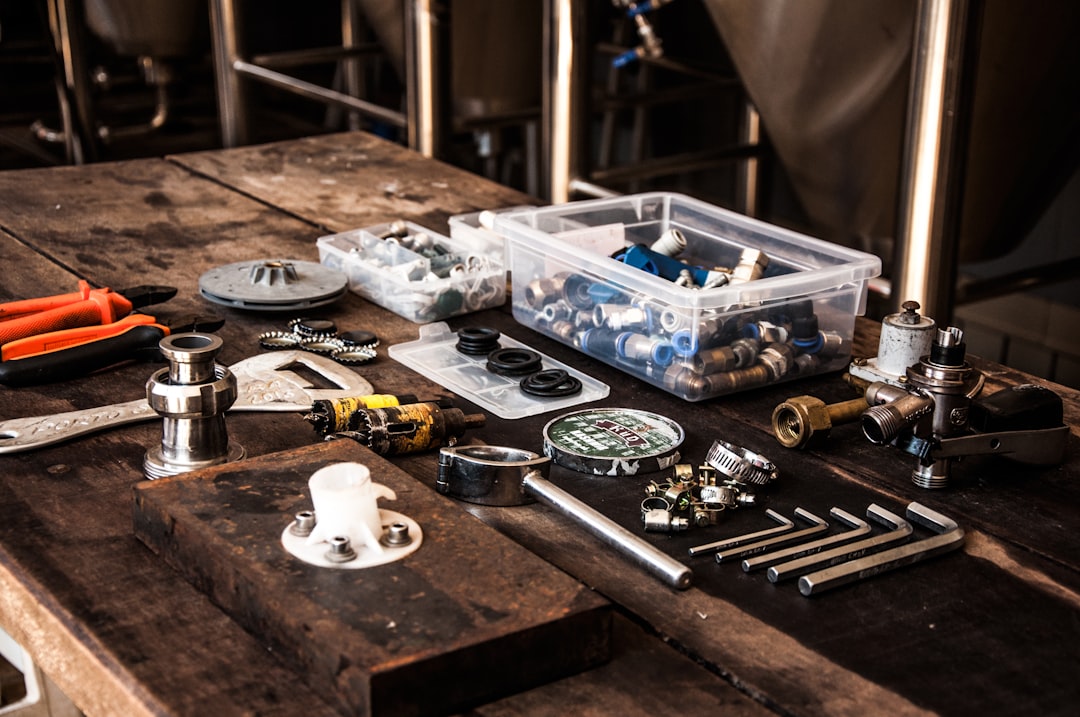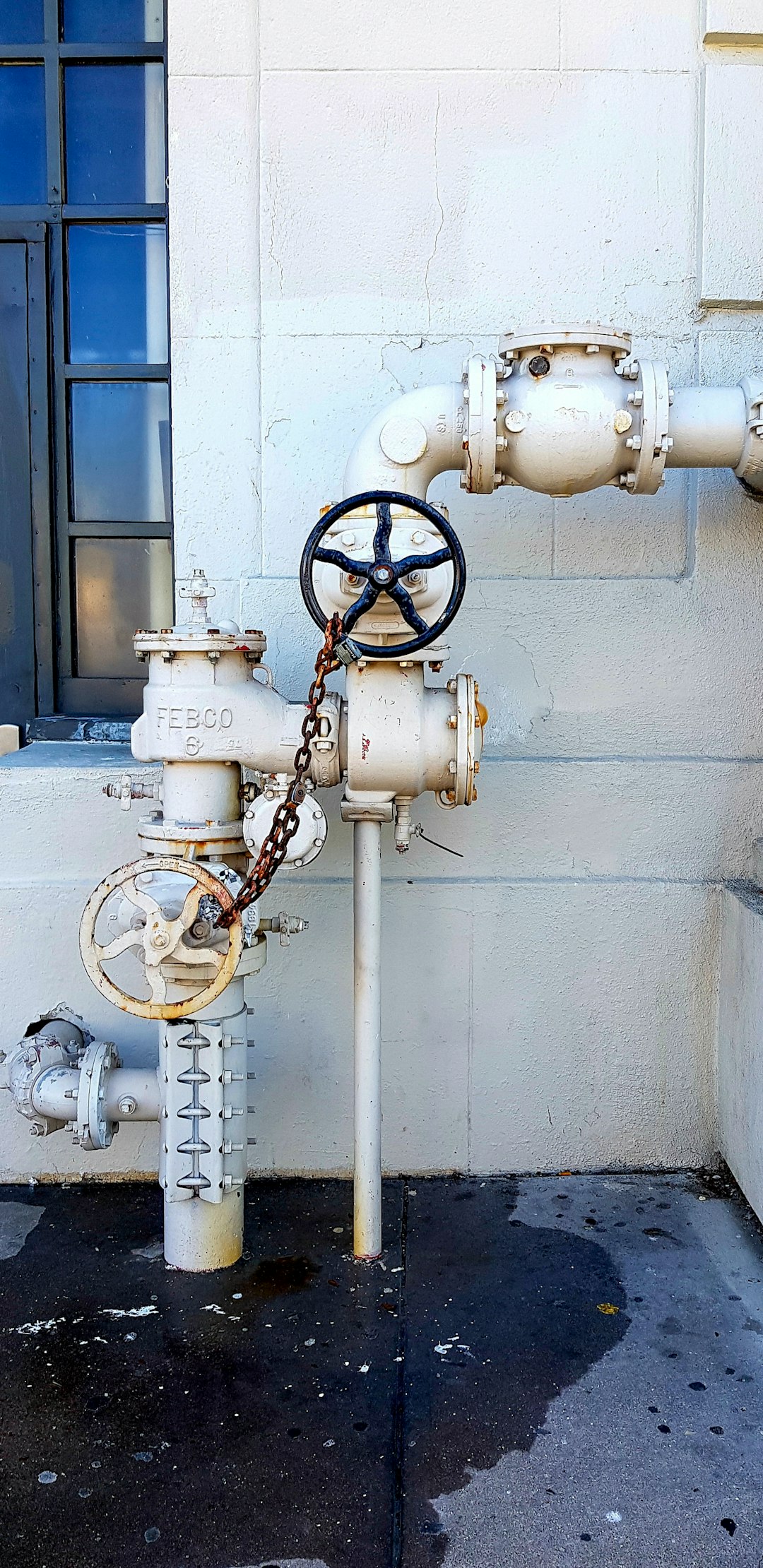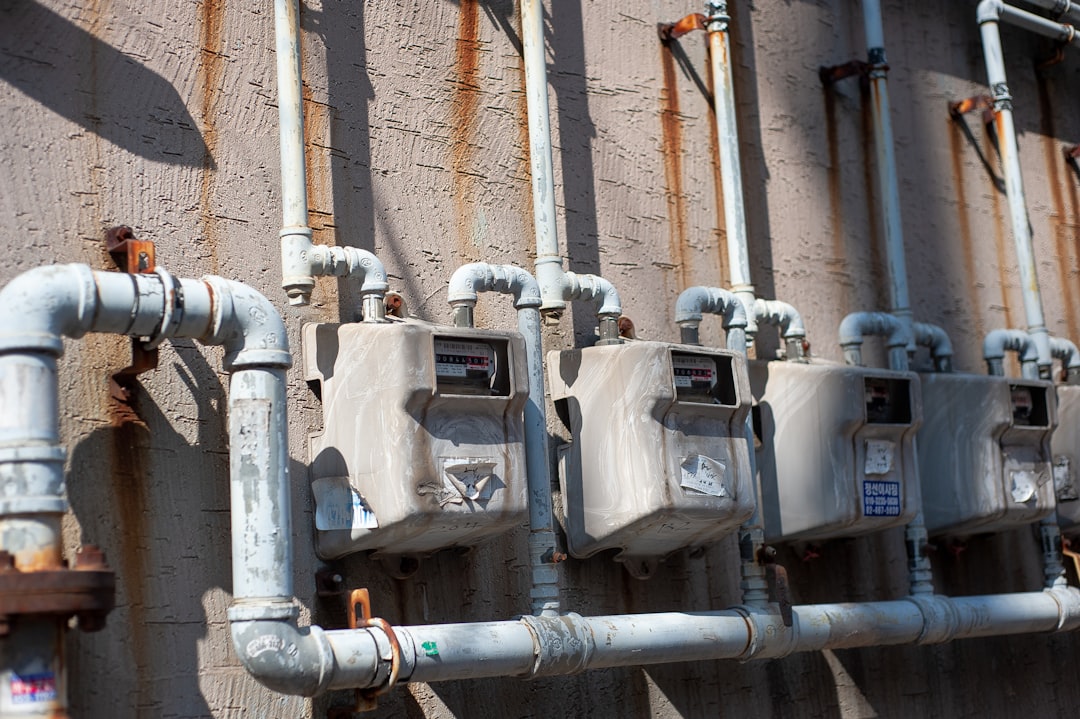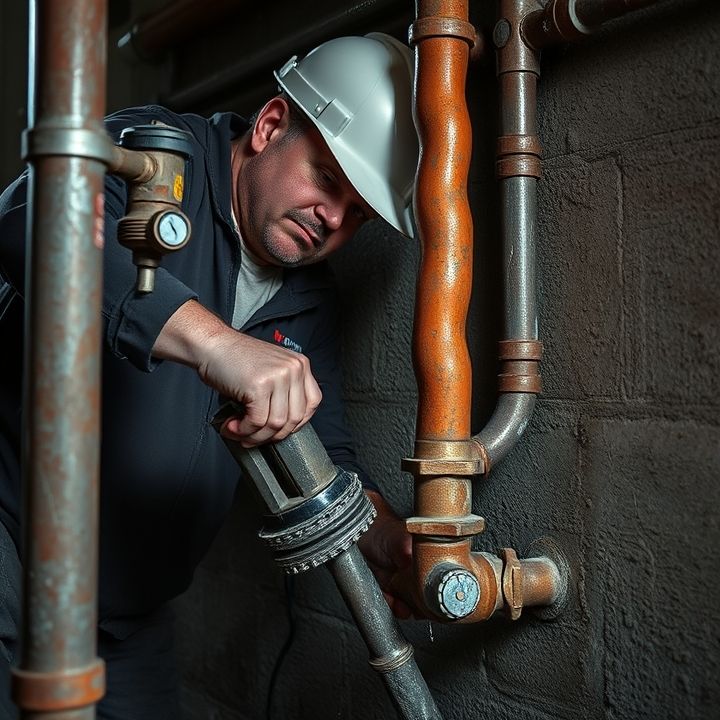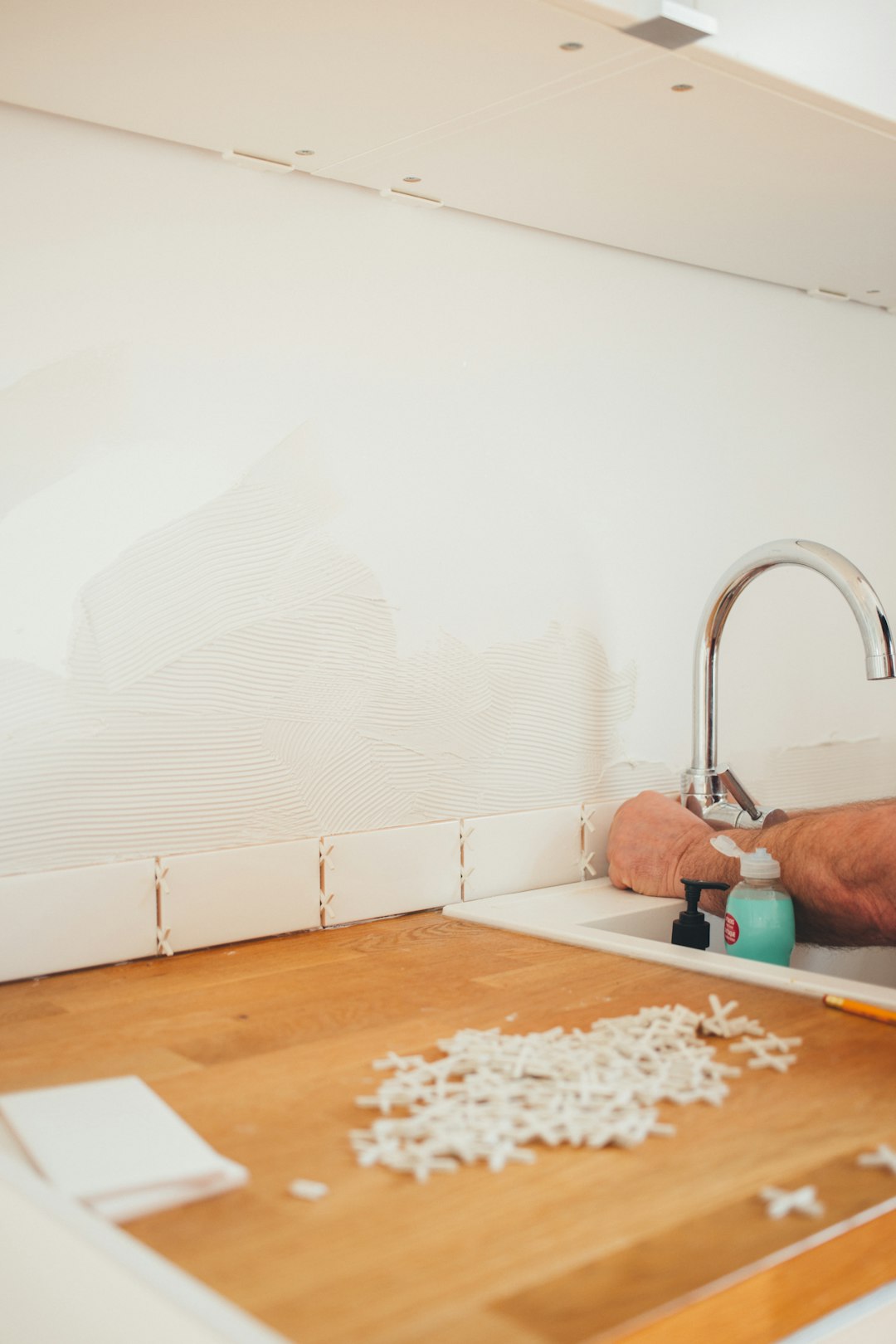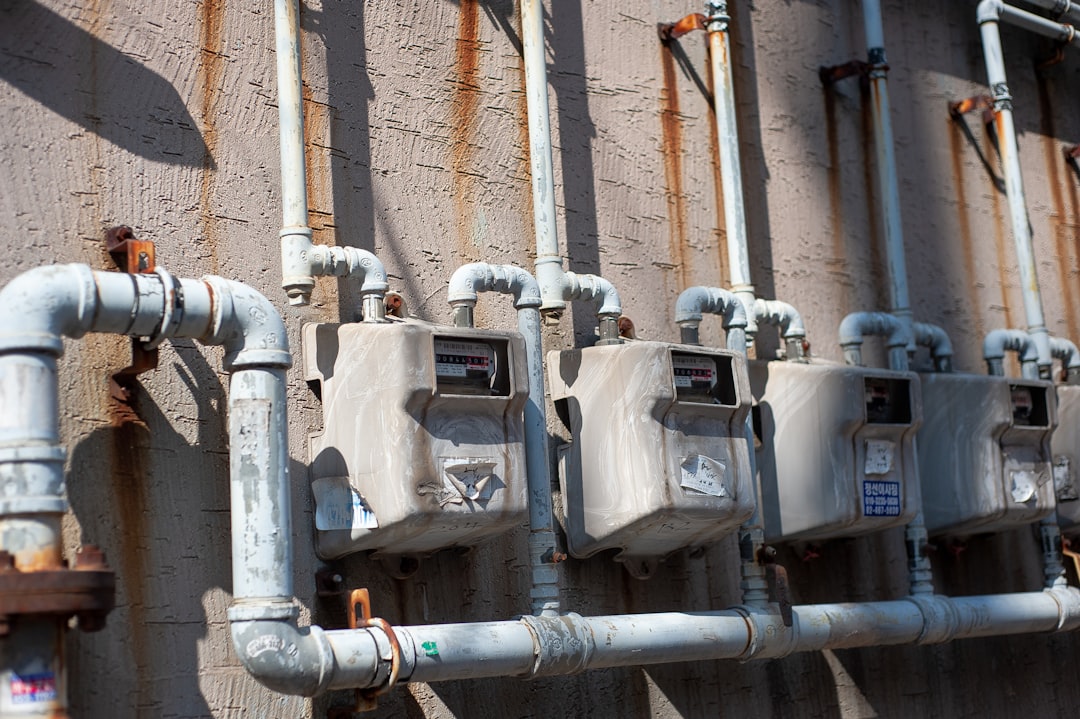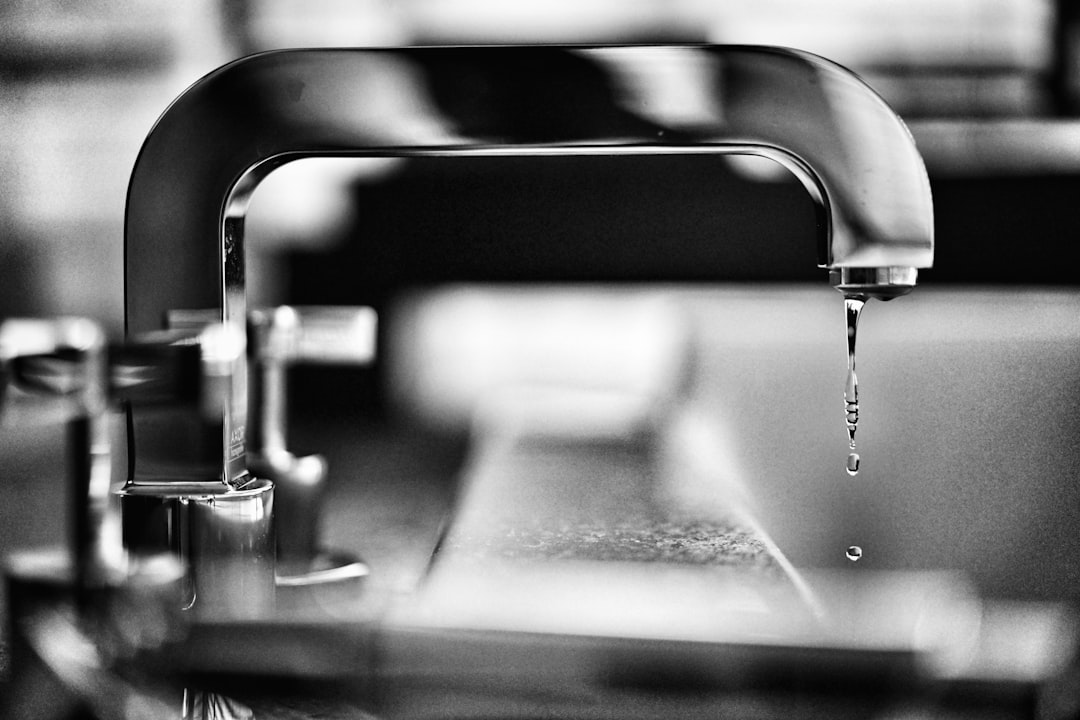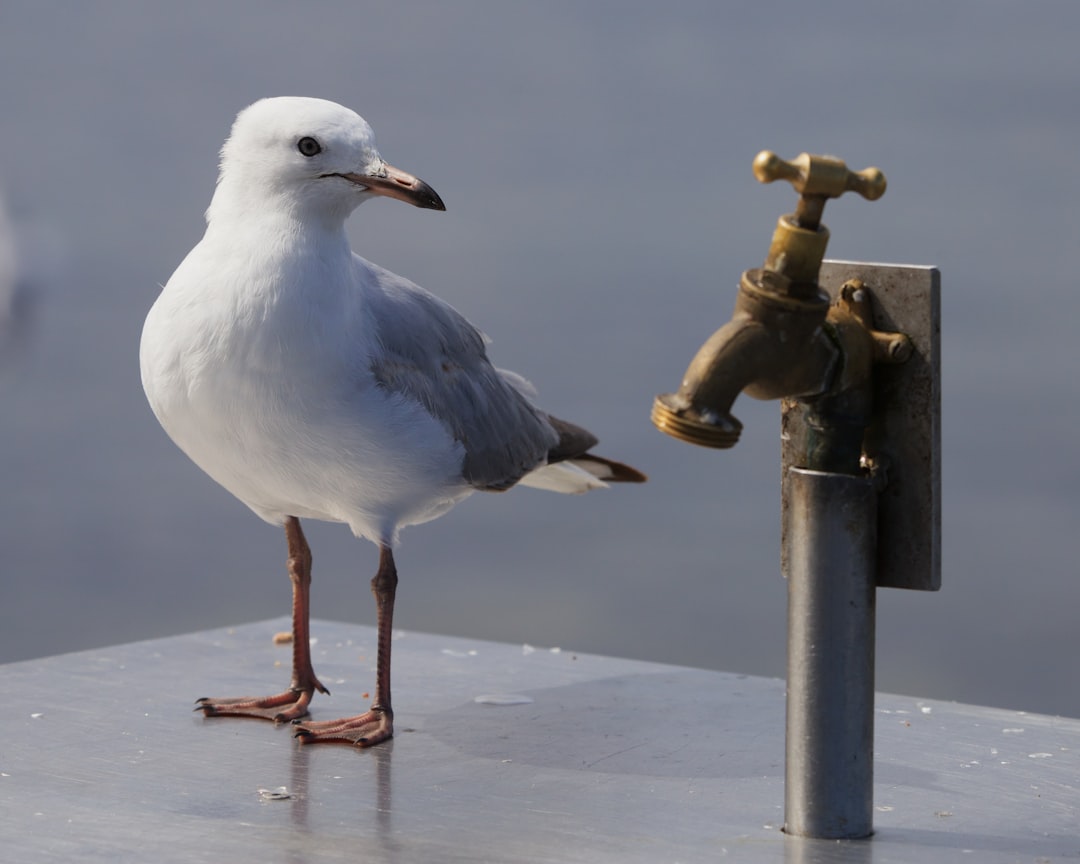Table of Contents
- Introduction
- Overview of professional plumbing services
- Common plumbing issues and their solutions
- Importance of regular plumbing maintenance
- Emergency plumbing services and response times
- The role of plumbing inspections in preventing issues
- Latest technologies in plumbing, including hydro jetting and camera inspections
- Cost considerations for plumbing repairs and installations
- Choosing the right plumbing service provider: what to look for
- Conclusion
- Frequently Asked Questions
Introduction
In the vast tapestry of our everyday lives, there exists a group of unsung heroes who navigate the hidden corridors of our homes, keeping the very essence of comfort flowing smoothly: professional plumbers.
Often overlooked until a disaster strikes, these skilled artisans possess a wealth of knowledge that ensures our taps run freely, our toilets flush seamlessly, and our homes remain safe from the perils of water damage. Yet, their expertise extends far beyond mere repairs.
With the ability to diagnose complex issues and implement solutions that safeguard our living spaces, plumbers are integral to maintaining our quality of life. From the moment we turn on a faucet to the quiet efficiency of water heating systems, their work is a silent symphony of innovation and craftsmanship.
In an age where DIY projects are all the rage, the wisdom of experienced plumbers is irreplaceable, reminding us that some challenges are best left to the professionals. Join us as we explore the profound impact these silent heroes have on our homes and our well-being.
Overview of professional plumbing services
Professional plumbing services encompass a wide range of tasks essential for the proper functioning of water systems in residential and commercial properties. These services include installation, maintenance, and repair of plumbing systems, which consist of pipes, fixtures, pumps, and valves. A professional plumber is equipped with the necessary skills and tools to tackle issues such as leaks, clogs, and system failures efficiently.
In addition to emergency repairs, professional plumbers also perform routine inspections and maintenance to prevent potential problems. They can guide homeowners in choosing the best fixtures and appliances that meet their needs while ensuring compliance with local plumbing codes.
Furthermore, professional plumbing services often extend to specialized areas such as gas line installation and backflow prevention, which require additional training and certification. Engaging a licensed plumber guarantees quality workmanship and adherence to safety standards, providing peace of mind to property owners. Overall, the expertise offered by professional plumbers is crucial in maintaining safe and reliable plumbing systems.
Common plumbing issues and their solutions
Common plumbing issues can disrupt daily life, but understanding their causes and solutions can save time and money. One frequent problem is a leaky faucet, which usually requires a simple replacement of the washer or O-ring to stop the drip.
Another common issue is a clogged drain, often resolved by using a plunger or a drain snake. If the blockage persists, chemical drain cleaners may be used, though caution is advised.
Running toilets can waste a significant amount of water and are often fixed by replacing the flapper valve inside the tank.
Low water pressure can stem from mineral buildup in the aerator or plumbing leaks; cleaning the aerator or inspecting the pipes may help restore normal flow.
Finally, burst pipes can lead to extensive water damage and should be addressed immediately by a professional plumber. Understanding these issues equips homeowners to take prompt action and seek professional help when necessary.
Importance of regular plumbing maintenance
Regular plumbing maintenance is essential for the longevity and efficiency of your plumbing system. It involves routine checks and services that can help identify potential issues before they escalate into significant problems. For instance, minor leaks, if left unattended, can lead to extensive water damage, mold growth, and costly repairs. By scheduling periodic maintenance with a professional plumber, homeowners can ensure their pipes, faucets, and appliances are in good working condition.
Furthermore, regular maintenance can enhance the efficiency of your plumbing system, leading to reduced water bills and improved water pressure. Professionals can also perform preventive tasks such as drain cleaning and pipe inspections, which can help avoid clogs and backups. Addressing these issues proactively can save homeowners time and money in the long run. Ultimately, investing in regular plumbing maintenance not only safeguards your home but also contributes to a more sustainable environment by reducing water waste.
Emergency plumbing services and response times
Emergency plumbing services are crucial for addressing urgent plumbing issues that can occur without warning, such as burst pipes, severe leaks, or malfunctioning water heaters. These situations often require immediate attention to prevent extensive damage to property. As a result, professional plumbers offering emergency services are typically available 24/7, ensuring that help is just a phone call away regardless of the time of day.
One of the defining features of emergency plumbing services is their response time. Many plumbing companies strive to respond to emergencies within an hour, but this can vary based on location, the time of day, and the availability of technicians. When selecting a plumbing service, it’s beneficial to inquire about their average response times for emergency situations.
Additionally, prompt response times not only alleviate the immediate pressure of a plumbing crisis but also minimize possible long-term damage. Fast, professional intervention can often save homeowners from costly repairs and extensive damage, providing peace of mind during a stressful situation.
The role of plumbing inspections in preventing issues
Plumbing inspections play a crucial role in maintaining the integrity and safety of a home’s plumbing system. Regular inspections can identify potential problems before they escalate into significant issues, saving homeowners time and money. During an inspection, professional plumbers thoroughly assess various components such as pipes, fixtures, and appliances to ensure they function correctly and comply with building codes.
By detecting leaks, corrosion, and blockages early, homeowners can avoid expensive repairs and water damage. Additionally, inspections help in assessing the efficiency of water usage, which can lead to lower utility bills and a reduced environmental footprint.
Moreover, plumbing inspections are particularly important when buying or selling a property. They provide essential information about the condition of the plumbing system, allowing prospective buyers to make informed decisions. In conclusion, investing in regular plumbing inspections is a proactive step toward preserving the home’s value and ensuring a reliable water supply for all inhabitants.
Latest technologies in plumbing, including hydro jetting and camera inspections
In the plumbing industry, the adoption of the latest technologies is revolutionizing the way professionals approach their work. One significant advancement is hydro jetting, a powerful technique that utilizes high-pressure water jets to clear clogs and clean pipes. This method is not only efficient but also environmentally friendly, as it eliminates the need for harsh chemicals. Hydro jetting can effectively remove grease, tree roots, and mineral deposits, ensuring optimal flow in plumbing systems.
Another groundbreaking technology is the use of video camera inspections. This method allows plumbers to visually inspect the interior of pipes without invasive digging. By inserting a small camera attached to a flexible cable, technicians can pinpoint the exact location and cause of problems, such as blockages or pipe damage. This technology saves time and reduces costs for both the plumber and the homeowner, as it provides a clear understanding of the plumbing situation before any repairs are made.
Overall, the integration of hydro jetting and camera inspections reflects the ongoing evolution of plumbing techniques, enhancing both efficiency and effectiveness in the field.
Cost considerations for plumbing repairs and installations
When considering plumbing repairs and installations, cost is a critical factor that homeowners must evaluate. The expenses associated with plumbing can vary greatly due to several factors. First, labor costs can fluctuate based on the plumber’s experience, the complexity of the job, and geographical location. A professional plumber may charge a flat rate, hourly rate, or even a combination of both.
Materials also play a significant role in the overall cost. High-quality pipes, fixtures, and fittings can add to expenses, while choosing cheaper alternatives may lead to future issues. Additionally, unexpected complications, such as existing damage or hard-to-reach plumbing, can increase labor time and costs.
It’s essential to get multiple quotes from licensed plumbers to understand the typical market rate for your specific job. Moreover, homeowners should also consider the long-term implications of their choices, as investing in quality repairs can prevent costly rework in the future. Budgeting for plumbing repairs and installations should be approached with careful consideration of these factors to ensure both quality and affordability.
Choosing the right plumbing service provider: what to look for
Choosing the right plumbing service provider is essential for ensuring quality workmanship and reliability. When evaluating potential plumbers, the first thing to consider is their credentials. Ensure they are licensed, insured, and have the necessary certifications to perform plumbing work in your area. This helps protect you from liability in case of accidents during the job.
Another important factor is experience. Look for a plumbing service that has been in business for several years, as this often indicates a solid reputation and a proven track record. Customer reviews and testimonials can provide valuable insights into the quality of their work and customer service. Comparing quotes from multiple providers can also help you gauge market rates, but be wary of prices that seem too low, as they may be indicative of subpar service.
Finally, consider their availability and response time. A reliable plumber should be able to respond quickly to emergencies and offer flexible scheduling options to accommodate your needs. Taking the time to thoroughly vet your options can lead to a smoother experience and peace of mind.
Conclusion
In conclusion, professional plumbers are the unsung heroes of every household, ensuring the smooth operation of essential water systems that we often take for granted. Their expertise not only helps address common issues like leaks and clogs but also plays a critical role in preventing future problems through regular maintenance and inspections. With advancements such as hydro jetting and camera inspections, plumbing services have become more efficient and effective than ever before. By investing in quality plumbing services, homeowners can enjoy peace of mind, knowing that their plumbing systems are reliable and up to code. If you find yourself facing a plumbing issue or simply want to ensure your system operates at its best, don’t hesitate to reach out. Call 573-555-2121 today and let our team of experienced professionals assist you in maintaining the health and safety of your home’s plumbing system.
